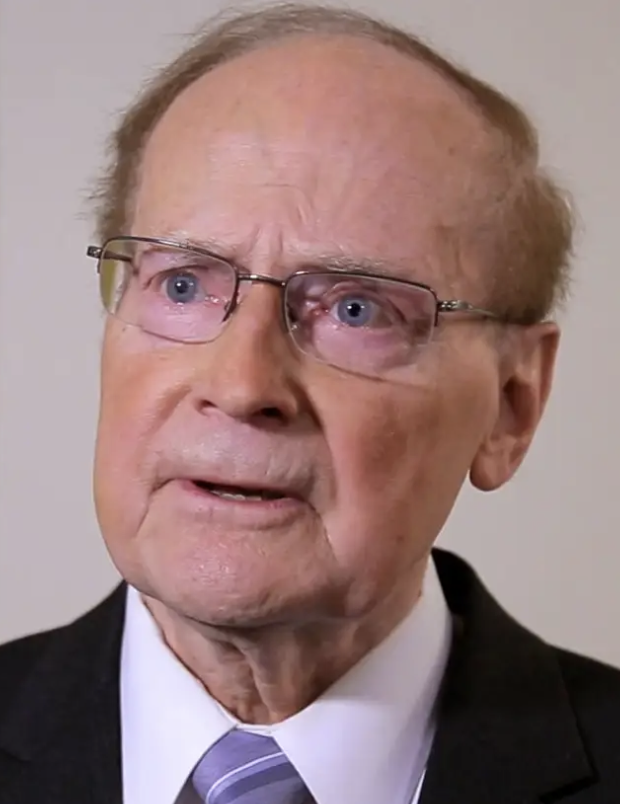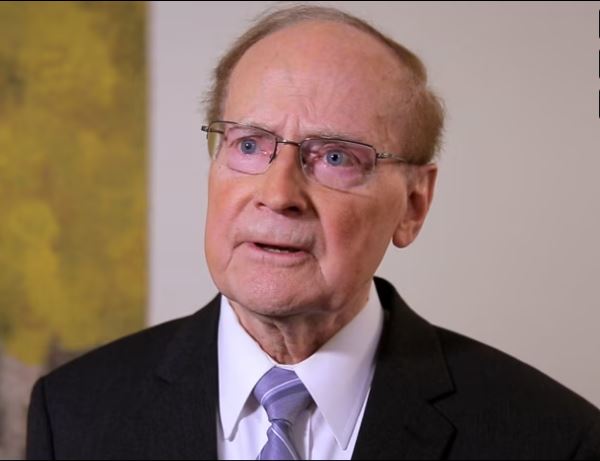Nothing is more symptomatic of our declining language skills than the increased misuse of prepositions and prefixes. People today feel compelled to tinker with proper word usage in speech by adding those handy prepositions and prefixes. Take traffic reports, for instance. Traffic on Route 1 is “easing up,” “easing down,” “easing off,” or “easing out,” but never just “easing.” What is “easing up” traffic? Is that when cars levitate? Levitating cars certainly would ease traffic.
We truly have an “up” fixation. Let’s not forget “shine up,” “smash up,” “stand up,” “fix up,” “patch up,” “wait up,” “lighten up” (this is just before we levitate), and “listen up.” We also like to use the word “of” where it is unnecessary. Why do we need to get off of the couch? Why not get off the couch?
How about adding prefixes to words to make hyphenated words? These days, we “on-load” a truck and “off-load” a truck. Whatever happened to the utilitarian “load and unload” of a truck? A favorite business word with an unneeded prefix is “pre-planning.” What does one do in “pre-planning”? Stare out the window? Twiddle thumbs? Plan the planning? Whatever that is!
So, remember to enhance the meaning and power of your speech; use prepositions and prefixes sparingly. Don’t spend time fixing something that doesn’t need fixing. Instead, consider adding those extra prepositions and prefixes purposefully to enrich your verbal expression.





